Good quality feed pellets: Does it make sense?
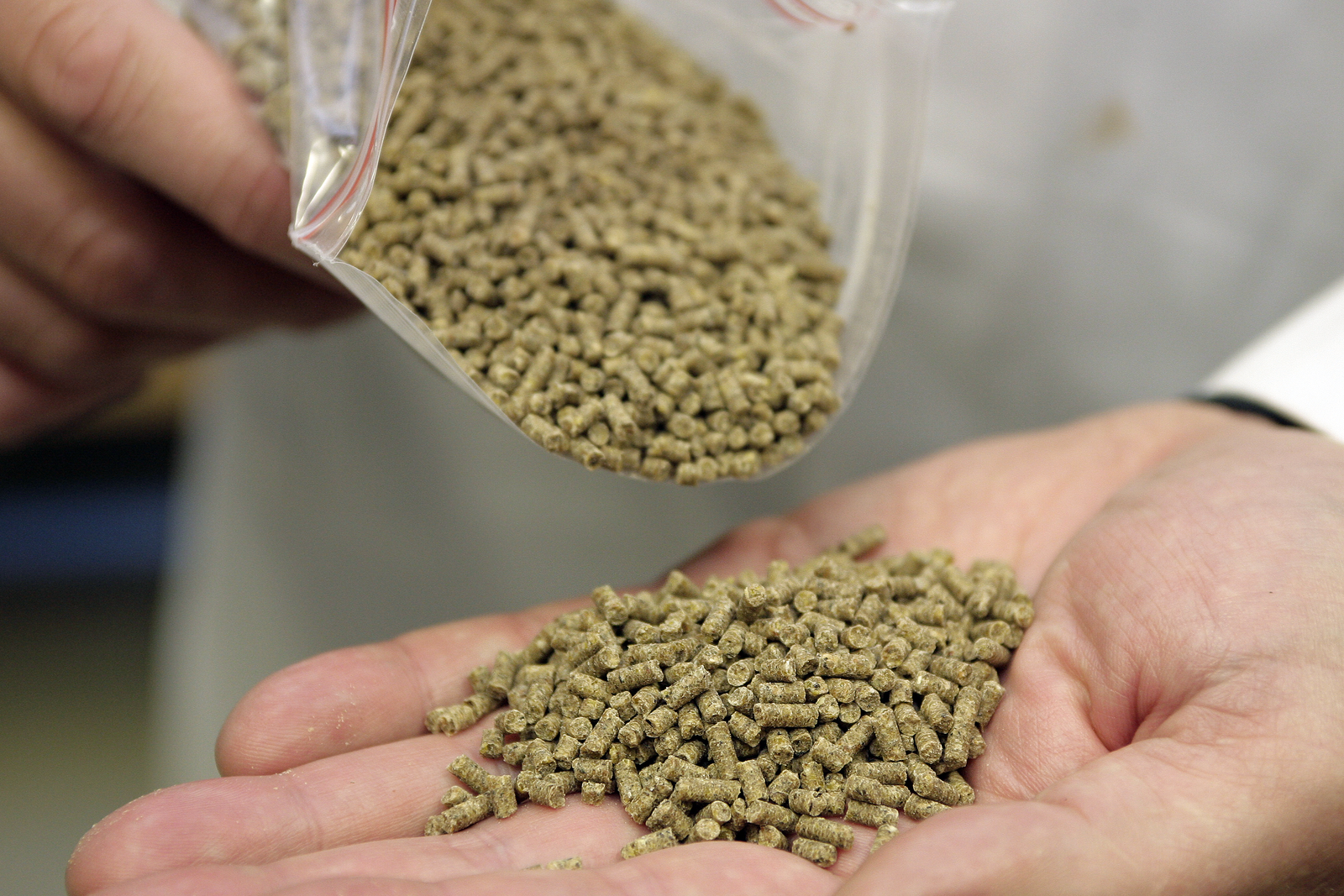
High quality pellets can withstand repeated handling as can occur during bagging, transportation, storage, and moving in feed lines without excessive breakage or generation of fine particles. Here we describe what factors influence the quality.
Feed pelleting can be defined as conversion of finely ground mash feed into dense, free flowing pellets or capsules, in a process that involves steam injection (moisture and heat) and mechanical pressure. There are several advantages for feeding broilers pelleted rather than mash feed. The main advantage is the improved bird performance (improved feed intake, weight gain and feed conversion). Birds fed pelleted diets spend less time and need lower maintenance energy requirements during eating and digestion in comparison to those fed mash feed. The other benefits of feeding pelleted diets include increase feed density, decrease feed dustiness, wastage and selection, better mechanical handling of feed on the feed lines, and destruction of feed-borne pathogens. Therefore, the full genetic potentials of modern broiler strains cannot be achieved without pelleted feed. In order to achieve these multi-benefits, the pellet durability should be of a standard quality (not contain too much fines), otherwise, the bird’s performance will be adversely affected.
Pellet durability index
High quality pellets can be defined as pellets that can withstand repeated handling as can occur during bagging, transportation, storage, and moving on feed lines without excessive breakage or generation of fine particles. Pellet quality is usually expressed as the pellet durability index (PDI), and measured by using a tumbling can device, in which the pellet sample to be tested is first sieved to remove fines, then tumbled in the tumbling can device for a defined period of time. The tumbled sample is then sieved to remove fines, and the amount of intact pellets is determined. The PDI can be calculated as following: weight of intact pellet after tumbling / weight of intact pellet before tumbling x 100. Other devices can be used to determine the pellet durability such as Holmen pellet tester, lignotester, etc.
Factors affecting pellet quality
Several factors have an effect on the quality of the pellets. First of all the feed formulation (raw materials and additives used). Some feed ingredients have a good impact on pellet quality, while others could adversely affect the quality. Unfortunately, corn-soy diets are not the ideal diets to achieve the desired pellet quality. Dietary inclusion of wheat grain or wheat by products (wheat midds, wheat gluten) can increase pellet durability, because of the high protein (gluten) and hemi-cellulose content of wheat in comparison to corn or corn co-products. Similarly inclusion of oat as a partial substitute of corn can increase pellet quality.
We can rank feed grains according to their positive impacts on pellet quality from best to worst as followings:
- oat,
- wheat,
- barley,
- corn,
- sorghum.
It was previously known that starch and its gelatinisation is the most important factor for achieving the desired pellet quality. However, recent reports indicated that the positive impact of protein on pellet quality is much more important than that of starch. Dietary inclusion of oil has an adverse effect on pellet quality. This is attributed to the coating effect of oil to the feed particles which prevent their penetration by the steam, also oil reduces the friction generated between die and feed particles with subsequent decrease in the starch gelatinisation rate. Inclusion of binding agents (e.g. water (simplest binder), lignin sulphonate, hemicelluloses extract, gelatin, etc.) and/or surfactants can increase pellet quality, pellet throughput, and lower power consumption (Table 2). The Feed pellet quality factor (FPQF) is a tool used to predict the pellet quality of the feed formula. Estimation of the FPQF for certain feed formula: each feed ingredient has a pellet quality factor (PQF). The PQF has a score from 0 to 10, where 0 predicts poor pellet quality and 10 good pellet quality. We can estimate the FPQF for each ingredient by multiplying the PQF by the % of inclusion of the feed ingredient in the formula (Table 1). The overall FPQF equals the sum of the FPQF of all ingredients used in the formula. Generally, values below 4.7 are indicators for poor pellet quality, while values higher that 4.7 are indicators for good pellet quality.
| Table 2 – Examples for extimation of the FPQF for certain formulas |
Affect of ingredient particle size and grinding on pellet quality
The second factor influencing pellet quality is the feed ingredient particle size. Although doubted by some researchers, it is accepted that decreasing ingredient particle size has a good influence on pellet quality. However, over grinding is not recommended to avoid power wastage, reduced production rate and suboptimal gizzard development. On the other hand, coarse grinding eases pellet break down and decreases starch gelatinisation (high degree of gelatinisation is required to produce good pellets).
Affect of steam on pellet quality
Processing obviously has a large effect on pellet quality as well. When mash feed passes through the conditioner, it is exposed to high pressure steam. This steam provides the heat and moisture required for starch gelatinisation, particles adhesion, feed semi-digestion, and feed pathogens damage. The steam temperature and the time that mash feed stays in the conditioner have major influence on the durability of the produced pellets. Conditioning the feed at a temperature of 80° C is sufficient to produce good quality pellets. The minimum time that feed should stay in the conditioning tube to produce durable pellets is 30 seconds. Long time conditioners, in which the feed can stay in the conditioner for about 3-4 minutes, can be used to improve pellet stickiness.
Thicker dies have positive impact on pellet durability
Also die/roll specifications should be kept in mind. Pellets are produced via roll pressing of the hot mash against metal die. Thicker dies (long die channels) have a positive impact on pellet durability due to increasing the friction time between feed particles and die wall with subsequent more starch gelatinisation. Most of starch gelatinisation occurs when feed passes through the dies. A similar result can be obtained by using small hole dies. This means that dies of 60 mm thickness are better than those of 50 or 40 mm thickness, and that dies with holes of 3 mm diameter are better than those with holes of 5 mm diameter. However, using thicker or small holes dies have negative impact on pellet throughput. Additionally, increasing the distance between roll and die from 0.1 to 2 mm resulted in an increase in the pellet durability.
The cooler should be taken into consideration.
After leaving the pellet mill, the temperature of the pellets ranges from 70-90° C and the moisture from 15-17%. Proper cooling (via a stream air cooling machine) is required to lower pellet temperature to about 8° C above the ambient temperature, and moisture % to be 12%. The cooling machine can be either a horizontal or vertical type. Quick cooling leads to removal of more moisture and heat from the surface of the pellets than their core, and the resultant pellets will be brittle. On the other hand, prolonged cooling produces very dry pellets that can be exposed to abrasion and can be of low palatability.
Conclusion
Pellet quality can be influenced by several factors, including the ingredients, diet formulation and processing. A good rule of thumb is the pellet quality factor (PQF), that each feed ingredient has. The PQF has a score from 0 to 10, where 0 predicts poor pellet quality and 10 good pellet quality. From experience we know that starch and its gelatinisation is the most important factor for achieving the desired pellet quality. However, recent reports indicated that the positive impact of protein on pellet quality is much more important than that of starch.
References are available on request.
 Beheer
Beheer


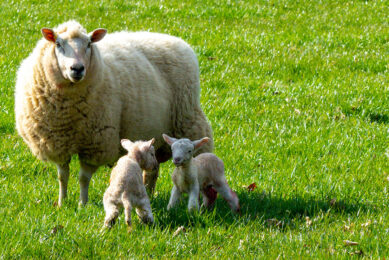
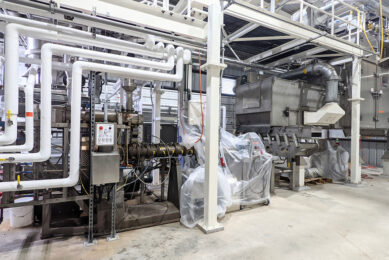
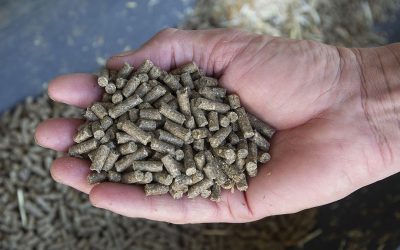
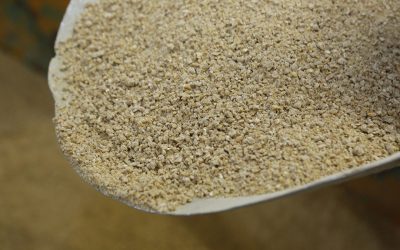





 WP Admin
WP Admin  Bewerk bericht
Bewerk bericht